Biosolids Composting Process
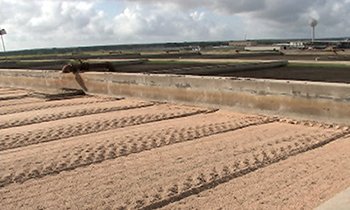
Composting Chips
Compost is nutrient-rich, humus-like material derived from two forms of organic wastes: wood chips (left) and biosolids (below). The SAWS Composting Program can divert up to 150,000 cubic yards of wood chips from landfills each year.
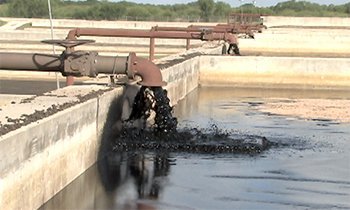
Biosolids
Biosolids are the by-product of water recycling. The SAWS Composting Program can divert up to 208,000 cubic yards of biosolids from landfills each year.
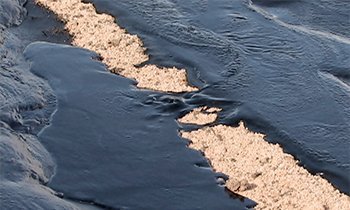
Active Compost Pile
Active compost pile. Biosolids and wood chips are mixed together and allowed to sit in windrows. Biological activity creates high temperatures inside the pile. The heat causes steam to rise and destroys disease-causing organisms.
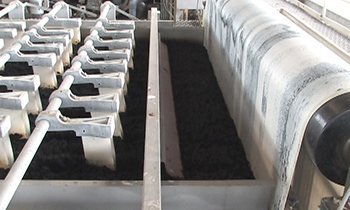
Finished Product
Finished product. Windrows are turned five times over a period of 15 days while temperatures are maintained above 131°F. The compost is then allowed to cure for 30 days more. A screening process removes objects larger than 3/8″ and produces the finished product (right).
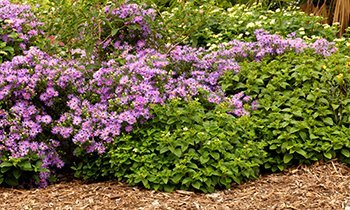
Use In Landscape
Landscape at the San Antonio Botanical Garden where composted biosolids have been used. The finished product is applied on lawns, gardens, trees, public parks, etc.